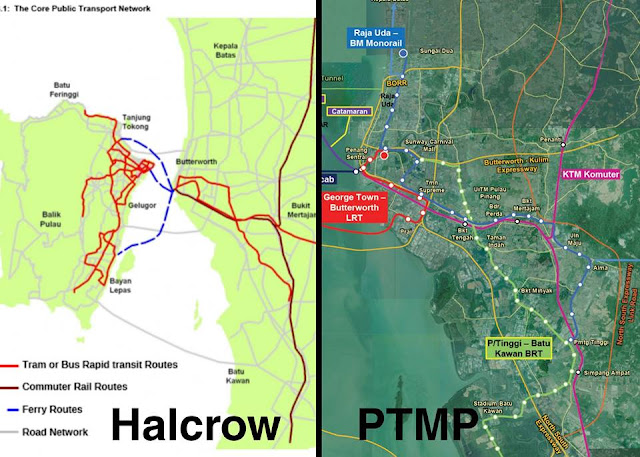Which mode of public transport for Penang?

What kind of public transport should Penang have? Elevated Light Rail Transit (LRT), on-ground trams, Bus Rapid Transit (BRT), or others? That’s the question some members of the public are deliberating as the state government works on the Penang Transport Master Plan (PTMP). Many views have been shared from various perspectives, for instance on construction and operational cost, ridership, safety and traffic efficiency. What I find lacking is the passengers’ comfort. Which mode of public transport is the most comfortable? I decided to find out by commuting using the different modes of public transport in the Klang Valley. I started with the LRT to USJ 7, then I switched to the Sunway BRT until Setia Jaya where I transferred to KTM Komuter to KL Sentral. Then I took the monorail to Bukit Bintang to change to the Mass Rapid Transit (MRT). So in one day, I experienced five different modes: LRT, BRT, Komuter, monorail and MRT. Here’s my take on each mode, starting with which has the mos...
